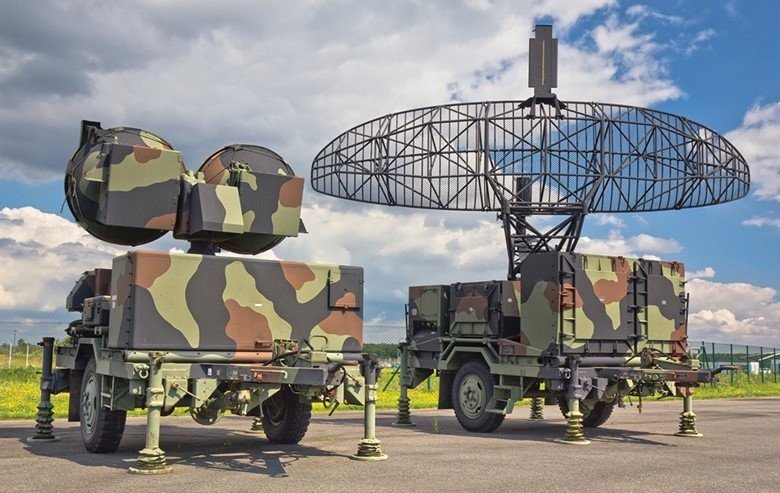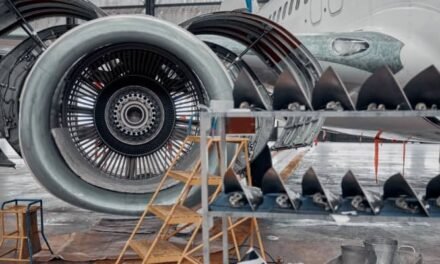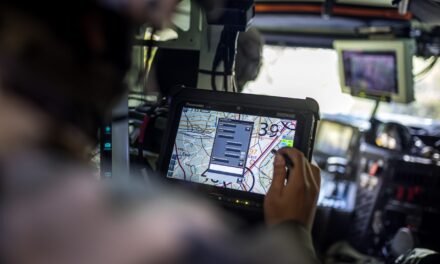Radar technology is a cornerstone of modern defense systems, providing critical capabilities for surveillance, threat detection, and tracking in various operational domains, including land, sea, air, and space. It enables military forces to detect, identify, and respond to potential threats efficiently and effectively. Here’s a comprehensive overview of how radar technology contributes to defense:
1. Key Functions of Radar in Defense Systems
Radar (Radio Detection and Ranging) uses electromagnetic waves to detect objects, measure their distance, direction, and speed, and track their movement. Its contributions include:
a. Early Warning and Detection
- Airborne Threats:
- Detects incoming aircraft, missiles, and drones long before they reach their targets.
- Example: Ballistic missile early warning radars like AN/TPY-2.
- Surface Threats:
- Tracks vehicles, ships, and ground movements, enabling effective situational awareness.
- Space Surveillance:
- Monitors satellites, space debris, and potential threats like anti-satellite weapons.
b. Target Identification and Classification
- Discrimination:
- Advanced radars differentiate between various objects (e.g., distinguishing aircraft from decoys).
- Example: X-band radars provide high-resolution data for accurate classification.
- Stealth Detection:
- Some radars, like over-the-horizon (OTH) and low-frequency radars, can detect low-observable stealth aircraft.
c. Tracking and Engagement
- Real-Time Tracking:
- Continuous monitoring of moving targets enables engagement by weapons systems.
- Example: Phased-array radars like AN/SPY-6 in Aegis systems.
- Fire Control:
- Guides missiles, artillery, and interceptors to targets with precision.
2. Types of Radar Technologies in Defense
Different types of radar systems serve specific defense applications:
a. Ground-Based Radars
- Air Defense:
- Monitor airspace and guide surface-to-air missiles.
- Example: S-400 system’s multi-role radars.
- Surveillance and Reconnaissance:
- Detect and track ground vehicles and troop movements.
- Example: Ground Moving Target Indicator (GMTI) radars.
b. Airborne Radars
- Airborne Warning and Control Systems (AWACS):
- Provide long-range surveillance and command for aerial operations.
- Example: E-3 Sentry AWACS.
- Fighter Jet Radars:
- Detect and engage air-to-air and air-to-ground threats.
- Example: AESA radars (Active Electronically Scanned Array) in F-35 and Rafale jets.
c. Naval Radars
- Shipborne Surveillance:
- Detect incoming threats like missiles, aircraft, and submarines.
- Example: SPY-1 radar in Aegis Combat System.
- Surface and Subsurface Detection:
- Monitor nearby vessels and underwater threats using radar and sonar integration.
d. Space-Based Radars
- Reconnaissance and Intelligence:
- Satellites equipped with synthetic aperture radar (SAR) provide high-resolution imagery.
- Example: SAR systems for all-weather, day-and-night surveillance.
- Missile Warning:
- Space-based radars detect missile launches and monitor their trajectory.
e. Specialized Radars
- Over-the-Horizon (OTH) Radars:
- Detect targets beyond the radar horizon using ionospheric reflection.
- Example: Used for early detection of long-range missile threats.
- Low-Observable Target Radars:
- Detect stealth aircraft and missiles using low-frequency bands.
- Counter-Mortar and Counter-Artillery Radars:
- Track incoming artillery shells and rockets to pinpoint their origin.
- Example: AN/TPQ-53 radar system.
3. Key Technologies in Modern Radars
Advanced radar technologies enhance performance and adaptability:
a. Active Electronically Scanned Array (AESA)
- Provides faster target acquisition, better resolution, and resistance to jamming.
- Can track multiple targets simultaneously.
- Example: Used in advanced fighter jets, naval ships, and missile defense systems.
b. Synthetic Aperture Radar (SAR)
- Generates high-resolution imagery of ground and surface targets.
- Useful for reconnaissance and surveillance in all weather conditions.
c. Phased-Array Radar
- Allows electronic steering of the radar beam without moving parts.
- Used for multi-mission roles, such as tracking and engagement.
d. Doppler Radar
- Measures the velocity of moving targets, aiding in identifying threats like missiles and drones.
- Example: Fire-control systems for air defense.
e. Low-Frequency Radars
- Better at detecting stealth aircraft by exploiting their radar-absorbent materials’ limitations.
4. Applications in Defense Systems
a. Air Defense
- Missile Defense:
- Radars detect and track ballistic and cruise missiles, enabling interceptors to engage.
- Example: THAAD uses long-range radars for high-altitude interception.
- Drone Defense:
- Radars identify small, low-flying drones that conventional systems may miss.
b. Naval Defense
- Missile Detection:
- Radars track incoming anti-ship missiles and guide defensive systems like CIWS (Close-In Weapon Systems).
- Submarine Detection:
- Radars integrated with sonar systems monitor surface and underwater threats.
c. Ground Defense
- Border Surveillance:
- Monitor unauthorized movements and detect low-flying threats.
- Counter-Battery Operations:
- Detect and neutralize enemy artillery using trajectory data.
5. Countering Emerging Threats
a. Hypersonic Threats
- Advanced radars track fast-moving, maneuverable hypersonic missiles in real-time.
- Example: Multi-band radar systems to detect hypersonic glide vehicles (HGVs).
b. Stealth Technology
- Radars using low-frequency bands and advanced processing algorithms counter stealth platforms.
- Multi-static radar networks increase detection probability.
c. Drone Swarms
- High-resolution radars integrated with AI differentiate and track multiple drones simultaneously.
6. Integration with Defense Networks
Radar technology forms the backbone of integrated defense systems:
- Network-Centric Operations:
- Radar data is shared across platforms (land, sea, air, space) for coordinated responses.
- AI and Machine Learning:
- Enhance radar systems’ ability to filter noise, classify targets, and predict trajectories.
7. Advantages of Radar in Defense
- Early Warning:
- Provides critical time for decision-making and response.
- Precision Tracking:
- Enables accurate targeting for weapons systems.
- All-Weather Capability:
- Operates in diverse environmental conditions.
- Adaptability:
- Versatile for applications across multiple domains.
Conclusion
Radar technology is an indispensable component of modern defense systems, enabling robust surveillance, effective threat detection, and precise engagement across a wide range of military operations. As advancements in stealth, hypersonics, and drone technologies emerge, radar systems continue to evolve with cutting-edge features like AI integration, low-frequency detection, and enhanced resolution, ensuring their relevance and effectiveness in future warfare.
Hashtags
#RadarTechnology #DefenseRadarSystems #AdvancedRadarTech #MilitarySurveillance #RadarInnovation #SurveillanceAndThreatDetection #ThreatDetection #SurveillanceRadar #AerialSurveillance #RadarForDefense #EarlyWarningSystems #AirDefenseRadar #MissileTrackingRadar #AntiMissileDefense #NextGenRadar













